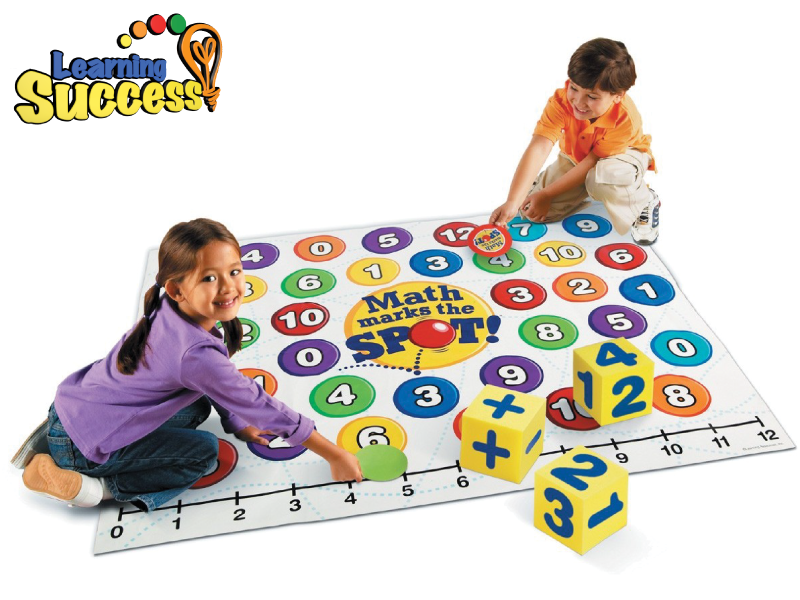
In need of inspiration where you can blend math with physical activity? An elementary school in Leander, Texas, is combining math skills with physical education motivating students to reduce calories while stimulating passion for math.
Educators are finding that physical education and learning – when combined – benefit children. Thinking-outside-the-box techniques are not only providing a unique experience, but they help engage kids in content deemed boring.
“Fitness is a love of mine personally, and I've done a lot of classes with rotational things like this, and I thought, ‘Why can't the kids do this?’” said P. E. teacher Annie Possis, who created the program Math in Motion.

Ready, set, go
My two boys are extremely active and getting them focused to sit and read or finish their homework can be challenging – it’s frustrating for me; boring for them.
So I get creative. For spelling homework, my youngest will clap, dance, march in place, or do whatever movement he wants while reciting the words. My oldest loves to sit on an exercise ball, bounce slightly, and read out loud or recite his multiplication facts.
On the flip side, if I were to ask them to sit behind a desk and complete these tasks, tears, grumbling, and procrastination would persist.
From the home to the school
I believe we can take this out of the home and into our schools. As a parent, suggest in your PTA meetings or a meeting with your child’s teacher or principle the idea of combining more physical activities coupled with academics.
Certainly, you can combine movement in the home during homework time or over the summer or holiday breaks if you choose to enrich their learning.
Get up and move and see what great improvements your child makes in memory, focus, and overall achievement.
Key Takeaways:
Do You Need help with a Math Difficulty?
Our simple online analysis will help you get to the core of the problem and find the right solution for you.
Understanding how to help someone with a learning difficulty starts with understanding which micro-skills are affected. When you learn which of the micro-skills is the problem, you will then be on your way to solving it.
You'll also learn how to:
- Build confidence
- Enhance Learning ability
- Eliminate avoidance
- Build grit
You can get this analysis for free by filling out this simple form. This will help you get to the bottom of a learning difficulty and provide you with a solution. If you are ready to put this problem behind you click the button below and fill out the form.










